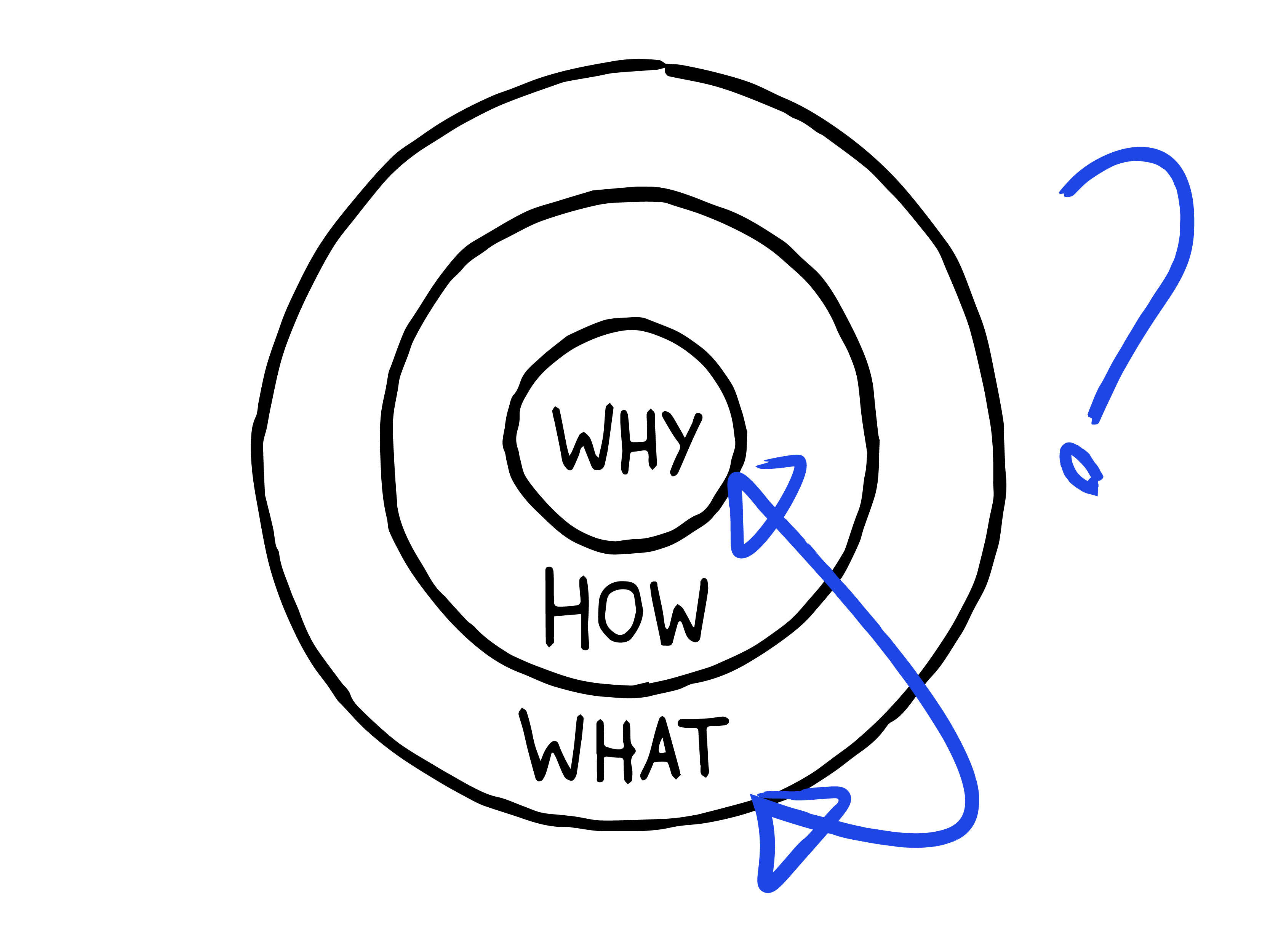
What is ‘agile’ strategy and is it (still) a good idea?
It is frequently argued that strategy’s holy grail—the pursuit of sustained
competitive advantage—is futile in today’s volatile, uncertain, complex and ambiguous (VUCA) world,
and especially in times of crisis. Instead, so the argument goes, organizations should focus on “agile”
strategy, thereby realizing a dynamic and continuous stream of short-term advantages.
There are countless articles now from Harvard Business School, McKinsey, Accenture and the like about
agile business practices. From there, new versions and applications of the original agile idea have come up.
You quickly find papers and articles about quality, focus adoption, and transformational agile strategies.
But is this move toward “agile” a good idea in strategy? Does making strategy more agile even help? What
are the risks of agile strategy?
Origins and meaning of agile strategy
The idea behind agile strategy is not new. Far from that. Both with respect to the content and the process
of strategy it has been around for more than three decades.
With respect to strategy content it appears in one of the core discussions in the strategy literature over
the past 30 years—in the discussion about what can be an organization’s internal sources of sustainable
competitive advantage. In the 1990s, the focus was on resources. About a decade later, and realizing that
resource-based advantages can only be temporary, the attention shifted to the processes by which the resource-base
is built, organized and maintained: to dynamic capabilities.
Arguing that also dynamic capabilities cannot provide an organization with a sustainable competitive advantage,
the discussion has also taken us to core values as basis for sustainable competitive advantage—an idea popularized
by Simon Sinek with his focus on the "Why." In this light, the current trend towards further agility can be
understood as surrender: as completely giving up the idea of any source of competitive advantage that can be sustainable.
With respect to the strategy process, there has been a similar development. Initially, strategy was a synonym of planning.
It was even called "business policy and planning" or "long range planning." The core idea and sought benefit of planning
was that planning provides a stable basis for an organization to rely on for the medium and long-term. However, as early
as the 1970s the limitations and impossibility of long-term planning became clear as well. In response, there are pleas
for more adaptive approaches to strategy that rely on trial-and-error and learning instead of planning. The word “strategy”
was suggested to replace planning, to account for such more adaptive approaches.
Without question, Henry Mintzberg is the core contributor to this idea. From his early writings in the 1970s to his recent
work, Mintzberg has been and still is an active proponent of a more adaptive approach to strategy. Also in this light the
current trend towards more agility can be seen as surrender, as giving up the idea of a stable basis for strategy.
Because, even though Mintzberg quite aggressively promotes the idea of strategy as learning and adaptation, it is immediately
clear from his writings that intentions and planning play a crucial role as well. For Mintzberg, an organization’s actual
strategy (its "realized strategy") is always a mix of what it planned (its "intended strategy") and the unexpected events
to which it had to respond ("emergent strategy"). Unlike Mintzberg, though, the agility trend today suggests fully abandoning
the idea of planning and instead suggests strategy should be adaptive, a response to what happens around the organization.
Benefits of agile strategy
Agile strategy comes with benefits and risks. Let’s start with the benefits.
- The most obvious benefit is that it makes strategy less rigid and thereby better aligned with the demands of a VUCA environment.
- It can help more organizations abandoning the traditional linear, analysis and planning-based approach and moving towards more dynamic approaches to strategy. Even though long-term planning and the idea of a stable basis for competitive advantage have been criticized for over decades already, repeating this message and giving it an even more pronounced tone than before could help.
- It can help reduce the gap between thinking and doing in strategy because agile approaches to strategy are characterized by shorter cycle times in which thinking and doing interchange more quickly than in the traditional approach.
Risks of agile strategy
More agility is good when the point of reference is a rigid approach to strategy focusing on long-lasting advantages and long-term planning. There is a point, though, at which more agility becomes a risk. After several decades of arguing that strategy should become more agile, it seems to me that that point has now been reached. The risks are at least threefold:
- More agility can easily lead to rifting organizations without any coherent course of action.d It is for a reason that scholars such as Mintzberg emphasize that both stability (planning) and change (adaptation) are needed in organizations.
- More focus on agility offers organizations—or their leaders—an excuse for not making any hard but crucial choices anymore. Adapting to changing circumstances is okay, but it can lead to quite unpleasant surprises that could perhaps have been foreseen and prevented in less agile approaches.
- It can help reduce the gap between thinking and doing in strategy because agile approaches to strategy are characterized by shorter cycle times in which thinking and doing interchange more quickly than in the traditional approach.
Conclusion
Even though making strategy more agile sounds like a good idea, there are substantial risks if this is taken too far.
And especially in today’s VUCA environments, also stability is needed.
The metaphor of a tree is useful here. To weather a storm, a tree needs to be flexible and bend with the wind. However,
it also needs firm roots that nourish it and that make sure that the tree does not get blown down. The same applies to
strategy. It needs to be flexible so that it can respond to ever-changing circumstances. However, like a tree, strategy
also needs to be firmly grounded so that it serves as a reliable foundation for building and growing the organization
and for keeping the organization standing in the challenging circumstances of a VUCA world.
Here are the 6 essential qualities of a grounded leader
October 30, 2021 — 3 minute read
We need grounded leadership. Thus far, these grounded leaders who have made waves in their industry possess the
six following qualities:
Read article

Inverting Sinek’s Golden Circle: why ‘what’ is a better basis for strategy than ‘why’
November 25, 2021 — 4 minute read
Simon Sinek’s Golden Circle recommends that you should always start with the inner circle “why.” Instead,
there are good reasons to argue that starting with the value that you offer through your products and
services is generally a better idea.
Read article


I am Jeroen Kraaijenbrink and I have been consulting and mentoring CEOs and leaders in strategy affairs for over 10 years.
With my 20+ years venture as an academic in strategy and management theory, I've written several articles to improve your strategy,
management and organization.
Read all articles

I write articles bi-weekly on my newsletter.
Learn about relevant industry
knowledge and strategy and leadership developments by subscribing to my newsletter.
We need grounded leadership. Thus far, these grounded leaders who have made waves in their industry possess the six following qualities:
Read article
Inverting Sinek’s Golden Circle: why ‘what’ is a better basis for strategy than ‘why’
November 25, 2021 — 4 minute read
Simon Sinek’s Golden Circle recommends that you should always start with the inner circle “why.” Instead,
there are good reasons to argue that starting with the value that you offer through your products and
services is generally a better idea.
Read article

Simon Sinek’s Golden Circle recommends that you should always start with the inner circle “why.” Instead, there are good reasons to argue that starting with the value that you offer through your products and services is generally a better idea.
Read article

I am Jeroen Kraaijenbrink and I have been consulting and mentoring CEOs and leaders in strategy affairs for over 10 years.
With my 20+ years venture as an academic in strategy and management theory, I've written several articles to improve your strategy,
management and organization.

I write articles bi-weekly on my newsletter.
Learn about relevant industry knowledge and strategy and leadership developments by subscribing to my newsletter.

